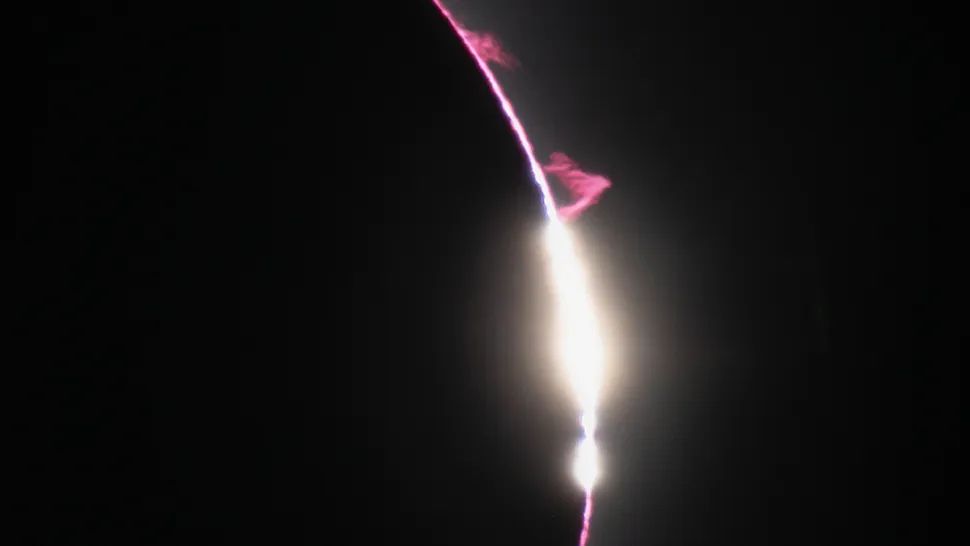Solar Flares and Solar Prominences During Total Solar Eclipse
Amid the recent total solar eclipse, observers worldwide were treated to a breathtaking sight as the moon momentarily cloaked the sun in darkness, allowing the fiery corona to be visible. While some spectators reported witnessing what appeared to be dynamic solar flares, subsequent analysis revealed a different phenomenon altogether.
Observations During Totality
On Monday, April 8th, millions of eyes in North America followed the moon’s swift progress across the sun, creating a path of totality extending from Mexico to Canada with speeds exceeding 1,500 mph (2,400 km/h). The eclipse’s duration of complete solar obstruction, known as totality, extended up to an impressive 4 minutes and 28 seconds, contributing to its uniqueness and magnificence.
Many observers noticed distinct red dots surrounding the eclipsed sun, with detailed imagery unveiling these features as plasma structures, including a notably expansive plume on the sun’s southwest edge. Multiple media outlets, including USA Today and NDTV, initially linked these fiery formations to solar flares, eruptions on the sun’s surface capable of expelling massive quantities of plasma into space.
Clarification and Insights
Contrary to initial speculation, experts shared valuable insights regarding these observations. Ryan French, an astrophysicist from the National Solar Observatory in Colorado, dispelled the misconception of solar flares during the eclipse, emphasizing that the perceived bright structures were, in fact, prominences. These long-lasting plasma constructs differ from flares in their stability and lack of explosiveness.
Solar activity records from April 8th do not support the presence of substantial solar flares coinciding with the eclipse’s timing. A minor C-class solar flare had concluded hours prior, unaccompanied by a coronal mass ejection (CME). This flare was unrelated to the prominent plasma formations visualized during totality.
Understanding Prominences vs. Solar Flares
In contrast to solar flares, which emit plasma explosively from the sun’s surface, prominences are enduring plasma formations tethered to the solar surface for extended periods. Although prominences may eventually detach and release plasma akin to a CME, this outcome did not manifest during the eclipse.
The widespread anticipation of solar flares during the eclipse stemmed from the sun’s heightened activity near its 11-year solar cycle peak. During this phase, sunspots proliferate on the solar surface, typically triggering flares and solar storms. However, the eclipse’s backdrop featured an unusually inactive sun with minimal sunspot activity, curtailing the likelihood of solar flares.
Looking Ahead
Despite the absence of solar flares during the recent eclipse, solar activity forecasts project a return to normalcy following a temporary lull. While the sunspot scarcity persists, experts anticipate its resolution by the week’s end, paving the way for potential solar flare occurrences.
For those who missed the eclipse spectacle, NASA offers a live stream replay for a second chance to witness the cosmic phenomenon.
Image/Photo credit: source url





